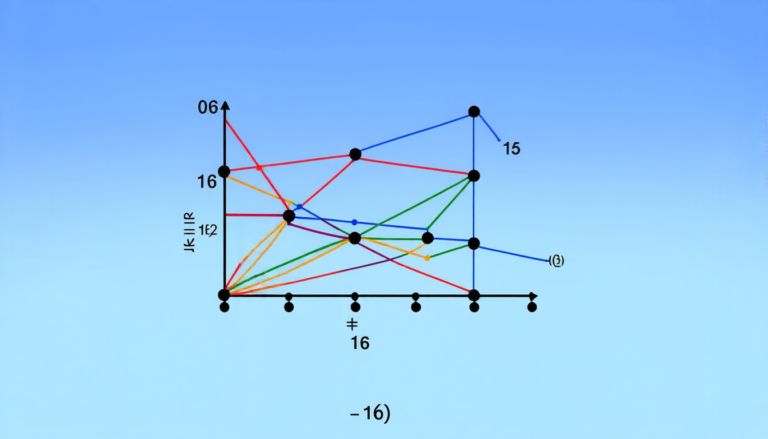Tuesday 26 August 2025
Scientists have made a significant breakthrough in understanding how to reconstruct evolutionary trees, which are crucial for studying the history of life on Earth. These trees help us understand how different species evolved and diverged over time, and they’re essential for fields like biology, ecology, and medicine.
Traditionally, scientists used methods that relied on assumptions about the data, but these methods often didn’t work well in practice. The new approach uses a combination of statistical techniques and computer simulations to ensure that the trees are consistent with the available data. This means that the results are more reliable and accurate than ever before.
One of the key challenges in reconstructing evolutionary trees is dealing with uncertainty. Evolutionary processes can be messy and unpredictable, so scientists need to account for this uncertainty when building their models. The new approach uses a type of statistical analysis called Bayesian inference, which allows scientists to quantify the uncertainty associated with each tree.
To test the new approach, the researchers used computer simulations to generate artificial data that mimicked real-world evolutionary processes. They then applied their method to these simulated data sets and compared the results to the original trees. The results were impressive – the new approach was able to reconstruct the true trees with high accuracy, even when the data was noisy or incomplete.
The researchers also tested their method on real-world data from a variety of species, including animals and plants. In each case, they found that their approach produced accurate and consistent results. This is an important step forward for scientists who study evolution, as it provides a reliable way to reconstruct the history of life on Earth.
So what does this mean for the field of evolutionary biology? It means that researchers will be able to build more accurate models of evolutionary processes, which can help them understand how species adapt and evolve over time. This has important implications for fields like medicine, where understanding the evolution of diseases is crucial for developing effective treatments.
In addition, the new approach has the potential to revolutionize our understanding of the history of life on Earth. By reconstructing more accurate evolutionary trees, scientists may be able to uncover new insights into how species emerged and diversified over time. This could help us better understand the natural world and our place within it.
Overall, this breakthrough has significant implications for our understanding of evolution and the natural world. It’s an exciting development that will likely lead to new discoveries and a deeper understanding of the intricate web of life on Earth.
Cite this article: “Revolutionizing Evolutionary Biology: A Breakthrough in Reconstructing Ancient Trees”, The Science Archive, 2025.
Evolutionary Trees, Evolutionary Biology, Statistical Analysis, Bayesian Inference, Computer Simulations, Uncertainty, Accuracy, Model-Building, Phylogenetics, Scientific Breakthrough.







